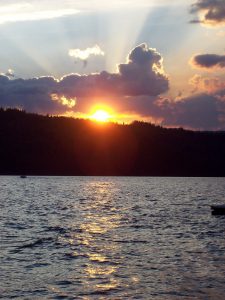 Is this real?
Is this real?
— Mike Mangiaracina
The other day, I decided to do something different with my second-grade science classes. Kids love myths and I love doing read-alouds, so I pulled together a few myths to see how they might fit into a science class.
I chose the Greek myth of Phaeton driving his father’s golden chariot across the sky; the Puebloan myth “Arrow to the Sun,” which describes a boy’s encounter with his father the sun god; and the Maori myth about how Maui (recently of “Moana” fame) lassoed the sun to slow its journey across the sky.
First, I decided, we would note the similarities between how the sun was depicted by these three different cultures. Then, I would introduce our current scientific view that it is the Earth’s rotation that causes the sun to look like it’s moving across the sky. I thought I had created a very clever lesson, comparing the stories of the past with our established scientific facts. I assumed that my second graders would move smoothly from the myths to the science in one quick leap of understanding.
But each time I read these stories to my three different second grade classes, at least one student interrupted to ask, “Is this real?” This simple question changed everything. I had assumed we would stand together on the solid ground of established science and reflect on these wonderful, but fanciful stories that riffed on the mysteries of the sun. But for the students asking these questions, this was just not to be. Not only were the stories plausible, they might actually be real.
Changing course, I asked my students to reflect on which of these accounts seemed the most real to them. Most said that the scientific explanation was the “most real” one, but one brave soul raised his hand to say that none of them convinced him. The science, he said, might be right, but he couldn’t be sure.
With this simple statement, this student became my hero. The truth is, we do not have easily observed evidence to determine whether the earth is turning, or if the sun is orbiting around us instead. To a second grader, and indeed to most adults, the sun might as well be orbiting us. This is why we hold on to the terms “sunrise” and “sunset,” from what we observe they make sense.
Fortunately, most adults still believe in science, and we take the collective weight of history to heart when we accept that Galileo and Copernicus were right. Children, however, live with a mix of magical thinking, skepticism, deep feelings, and respect for authority that can create some muddled and fascinating responses to scientific thought. I shy away from simply giving my kids explanations, preferring to let them work things out for themselves. While they do this, they have my permission to dwell in magical thinking. I encourage my students to always keep a place for imagination alongside their observations and inferences, just as the best scientists do.
These grey areas in scientific thinking aren’t just kids’ stuff. We all have these ambiguities in us. My favorite source for pondering this is another myth, Timaeus, Plato’s account of the Pythagorean cosmology. In this fascinating dialogue, Socrates listens to the character Timaeus describe in great detail how the cosmos was formed by a powerful mythic craftsman using a complex mathematical plan. The dialogue is chock full of wonderful images. Its spherical cosmos is arranged in the same mathematical proportions as a musical scale, giving us the term “music of the spheres.” The elements earth, air, fire and water adhere to an early atomic theory, with each element in the shape of a different regular polyhedron. The dialogue also contains the earliest written reference to the myth of Atlantis, and may be the origin of this myth.
Reading it in English, Timaeus frequently characterizes his tale as “a likely story,” leaving us to ponder what he means by “likely.” However, when reading the same words in Greek, it’s the word “story” that stands out. Going further behind the translation, we find that Plato actually moves back and forth between two Greek words, calling the story both a “likely mythos” and a “likely logos.” Mythos is the source of our word “myth” while logos, in this context, signifies a reasoned account. The story becomes a shimmering thing, looking like an illuminating fiction in one light, and a product of reasoned science in another. In short, it makes the reader ask, “Is this real?”
This was on my mind as I let my students teeter between their different ideas about the truth of these myths and our scientific explanations. But as much as I enjoyed this ambiguity, I felt like I was getting in over my head. I couldn’t let them leave class with the idea that Apollo’s golden chariot and Galileo’s discovery were equally valid explanations for why the sun appears to move around the earth.
Yet I couldn’t just dismiss the myths, since they have validity too. They inspire us to think about the heavens in different ways and create a relationship between us and the mysterious. I felt like there needed to be a place for both kinds of accounts, the mythological and the scientific.
It was an odd position to be in, wanting my students to learn the truth about the sun, while allowing them to appreciate that our archetypal stories also contain some truth. I’m still up in the air about how to handle this, and I’m not sure where I’ll land. But I know that somewhere in my teaching of science, there’s room for myth, and when I figure out where it is, I’ll be a stronger teacher.
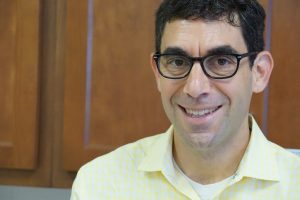 Learning to Wonder
Learning to Wonder
This is the 5th post from Mike Mangiaracina’s “Learning to Wonder” series. In the series, Mike, an elementary-school science teacher, reflects on the many connections that can be found within his classroom, between teachers, students, and their shared world. The stories shared here come from the unique look into students’ lives that an elementary science classroom provides.
In case you missed them, here are Mike’s first four posts The Poetry of Phenomena, Come On In, We’re Daydreaming! and Back to School and The Day that Science Won. Be sure to check back each month for Mike’s Learning to Wonder posts!
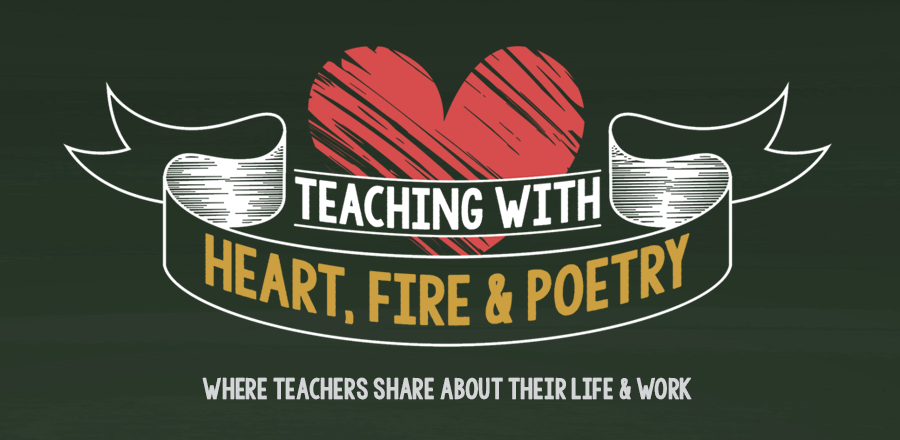
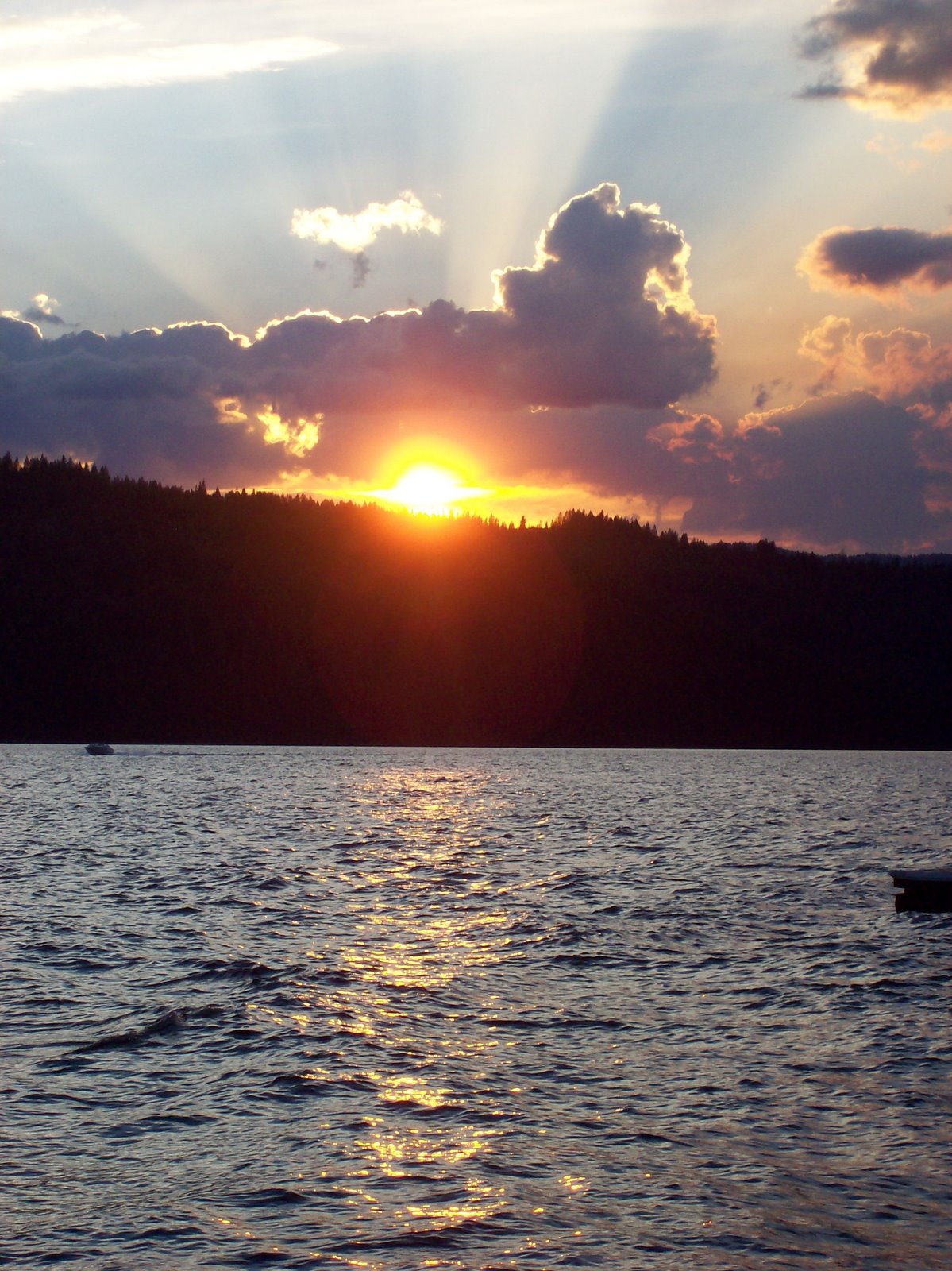
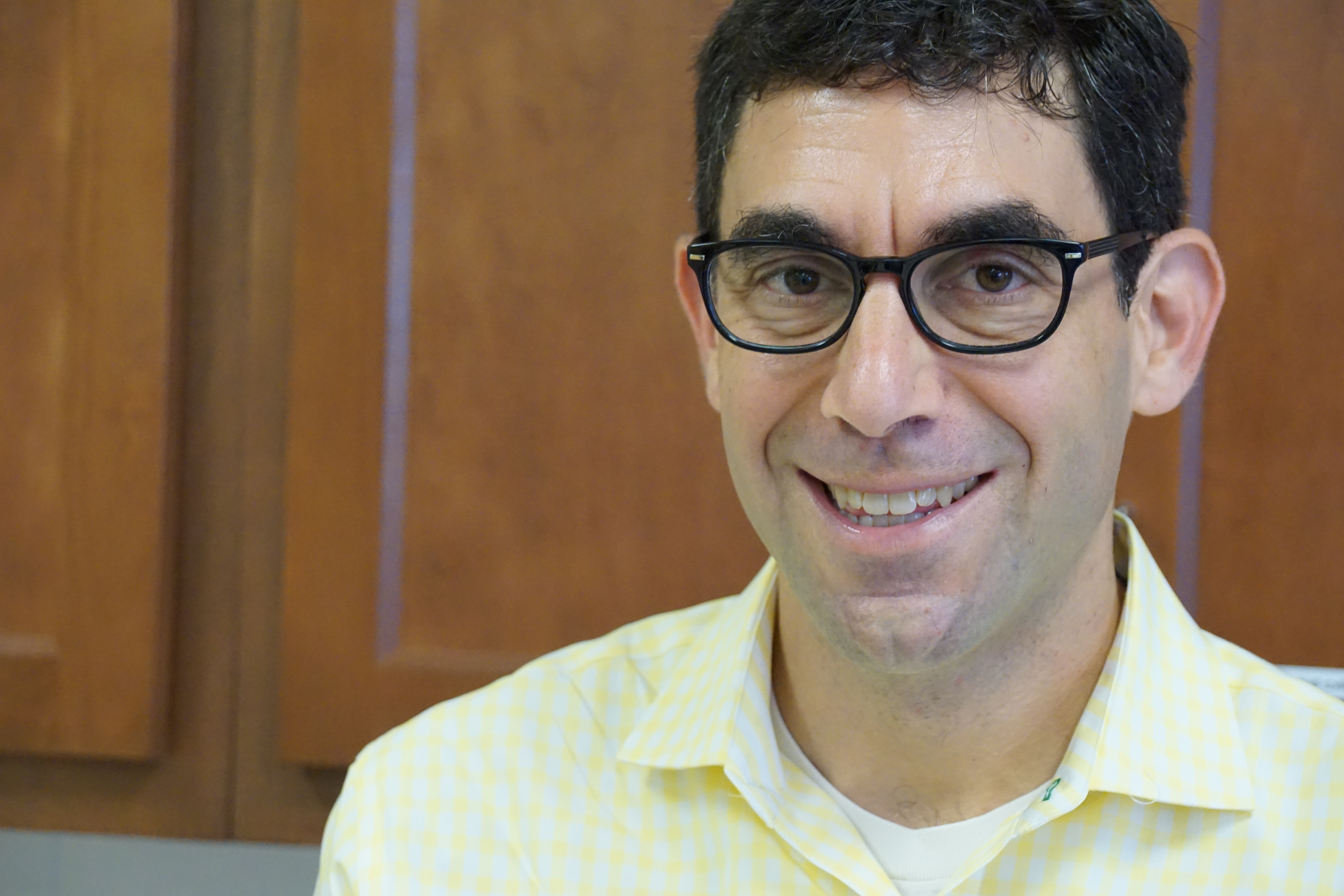
Leave a Comment